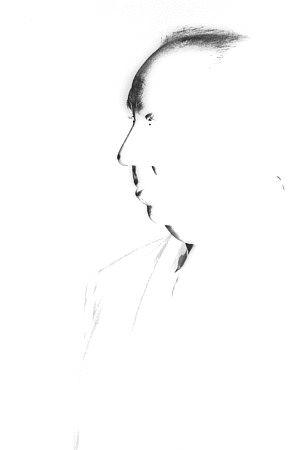














Барроуз У. Мягкая машина. Трилогия. СПб., 1999 (Фамилия
этого известного на Западе писателя у нас пока употребляется в двух
транскрипциях)
В. Бычков, Л. Бычкова
581
SUMMARY
Victor BYCHKOV (author of the project)
The Lexicon of Non-Classics
Twentieth-Century Artistic-Aesthetic
Cuiture.
(Editorial Board: Oleg Bychkov, Ljudmila
Bychkova, Nadia Mankovskaya)
The 20th
century is the century of the global transition from Culture to something
radically OTHER that has not yet had place in the history of civilization. It
is art — the main barometer of Culture — that felt this process most acutely
and expressed it through its essence throughout the century. The reasons for
this essential cleft in the human being-consciousness are rooted somewhere in
the depths of the cosmo-socioanthropic process and are beyond human
understanding. At the level of civilization they initiated an avalanche-like
development of the scientific-technological progress (STP) in the Euro-American
(Western) regions in the 16th-20th c. on the basis of ratiocentrism and the
radical fissure between the scientific-technological way of thinking and the
spiritual, ethical, and religious foundations of Culture. With all that, the
20th century became something of a breakpoint, beyond which one sees either the
destruction of the Earth's biosphere or the mankind's leap into the new aeon of
being.
The STP,
in principle, provided for the humanity's material needs, but in the atmosphere
of predominant lack of morality and the accelerating growth of the capital it placed
the humans on the verge of the nuclear and ecological disaster and stimulated
the development of the society of unbridled consumerism (in the developed
countries, first of all, that serve as a beacon to others). Having rejected its
spiritual and ethical ideals, the contemporary society has become a producer of
temptations, and the contemporary human - a "desire machine" that
cultivates his own corporeity. The thing and thingness, the body and corporeity
are now at the helm of the developed Western civilization, which is wantonly
looked up to by the peoples of the East that have not reached the necessary
level of prosperity.
The last
stage of the technological civilization has found its, if unwilling,
theoreticians in the form of many of the greatest 19th-20th c. thinkers
(starting with Nietzsche and Freud), and its expression in the artistic
movement: from the avant garde of the beginning of the century to modernism to
postmodernism. The main tendencies of the "advanced" 20th-c. art
practices: abandoning, the traditional principles of art (mimesis in all its
aspects, idealizing, symbolism, expression); departure from art as an aesthetic
phenomenon; in the area of artistic-near-artistic activity - going beyond the
traditional framework of art (into life at various levels: from the theourgy of
the symbolists to the utilitarianism and functionalism of the constructivists,
designers, organizers of environment, etc.); rejection of ethical and spiritual
criteria in art; the "re-evaluation of all values" that goes back to
Nietzsche, and replacing them with anti-values (from the point of view of
traditional Culture). A certain aesthetization (or, more precisely,
presentation) of evil, violence, ugliness, exaggerated sex, aggression, etc.
are the main tendencies of that which is coming to replace art in contemporary
POST-culture.

